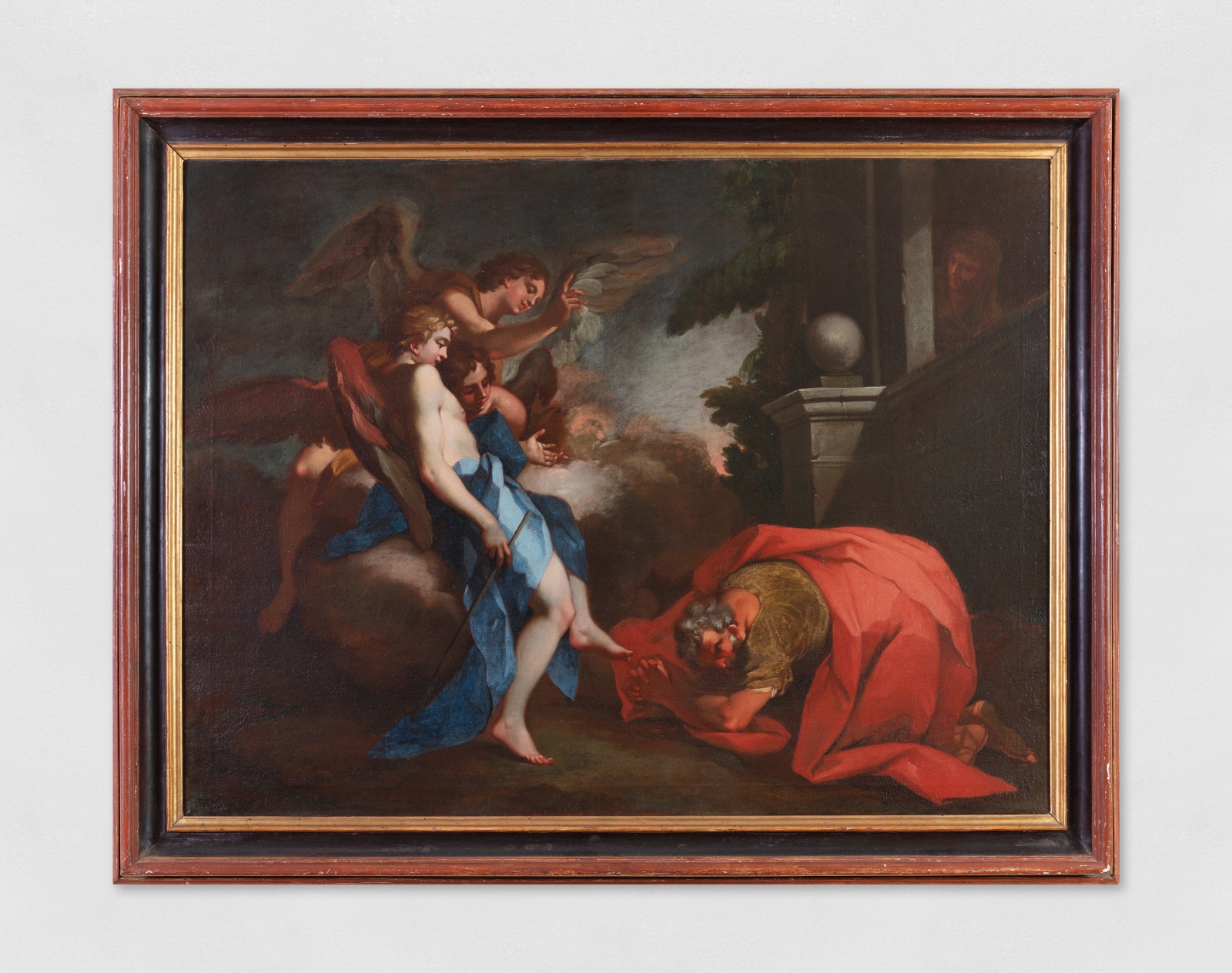-
Biography
Antonio Balestra (Verona, Italy 1666 - Verona, Italy 1740)
Painting from a young age, he is forced to stop at 17, after the early death of his father.
In time, Balestra returned to painting, moving first to Venice to study under Antonio Bellucci and then to Rome to work in the studio of Carlo Maratti.
These experiences confirmed his predisposition for the Roman tradition, with a light palette and fluidity of forms, typical characteristics of the dominant classical painting at the end of the seventeenth century.
In 1694, he won first prize at the Academy of di San Luca. Highly regarded by his contemporaries, Balestra returned to Verona and was unanimously nominated as a member of the Academy of San Luca.
Based between Verona and Venice for the first two decades of the eighteenth century, Balestra returns permanently to his hometown in 1718.
A skilled painter of altarpieces and great secular narratives, Balestra attracted the attention of many foreign patrons, most notably the Elector of Mainz, for whom he painted a set of allegories in 1714.
He founded a local painting school in Verona, where he dies in 1740.
Photo UniCredit Group (Sebastiano Pellion di Persano)
-
Works
Antonio Balestra (copy) Italian, 1666-1740
Abramo e la Trinità, post 1717Oil on canvas / Olio su tela / Öl auf Leinwand33 7/8 x 45 1/4 in
86 x 115 cmUniCredit S.p.A.Photo: UniCredit Group (Sebastiano Pellion di Persano)Further images











